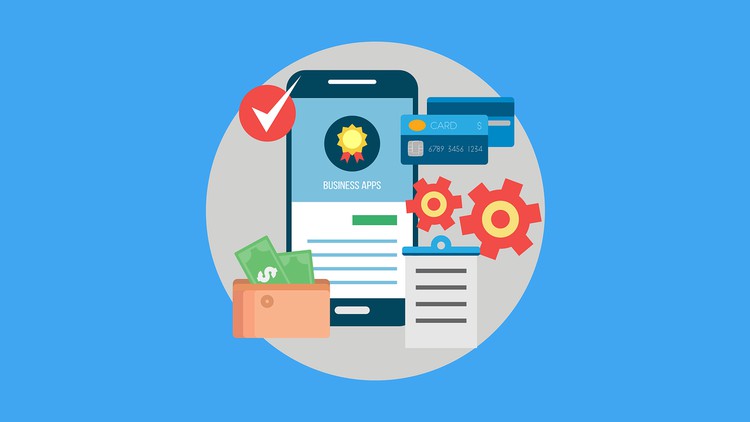Introduction
The MERN stack, consisting of MongoDB, Express.js, React.js, and Node.js, offers a powerful framework for modern web development. Leveraging these technologies, developers can build dynamic and efficient applications, such as a reminder app. This guide explores how the MERN stack can be utilized to create a fully functional reminder app, detailing its architecture, development process, and the key features that enhance user experience. Consider joining the MERN Stack Web Development Course for the best guidance and training.
Making A Reminder App Using MERN Stack
In the world of web development, the MERN stack has gained significant popularity due to its robust and efficient nature. The MERN stack comprises MongoDB, Express.js, React.js, and Node.js, offering a comprehensive framework for developing modern web applications.
Let us delve into the creation of a reminder app using the MERN stack, detailing its architecture, development process, and key features.
Architecture
The architecture of a MERN stack application is divided into four main components:
Ø MongoDB: This NoSQL database is used to store the application’s data. MongoDB is schema-less, which provides flexibility in handling varying types of data structures.
Ø Express.js: This is a web application framework for Node.js. It simplifies the process of handling HTTP requests and responses and is used to build the back-end of the application.
Ø React.js: This is a front-end JavaScript library used for building user interfaces, particularly single-page applications. React allows developers to create reusable UI components.
Ø Node.js: This is a JavaScript runtime built on Chrome’s V8 JavaScript engine. Node.js is used for building the server-side of the application, enabling the execution of JavaScript on the server.
Development Process
The development of a reminder app using the MERN stack involves several key steps:
Ø Setting Up the Development Environment:
· Install Node.js and MongoDB.
· Use npm (Node Package Manager) to install Express.js and React.js.
Ø Creating the Server with Node.js and Express.js:
· Initialize a new Node.js project.
· Create an Express.js server to handle API requests.
· Define routes for creating, reading, updating, and deleting reminders.
Ø Designing the Database Schema:
· Define a schema for reminders using Mongoose, an ODM (Object Data Modeling) library for MongoDB and Node.js.
· A typical reminder schema might include fields such as title, description, date, and time.
Ø Building the Front-end with React.js:
· Create a new React project.
· Develop components for the user interface, such as forms for adding reminders and lists for displaying them.
· Use Axios or Fetch API to communicate with the back-end API.
Ø Connecting the Front-end and Back-end:
· Implement API calls in React components to perform CRUD (Create, Read, Update, Delete) operations on reminders.
· Ensure that the front-end and back-end communicate seamlessly to provide a smooth user experience. Refer to the MERN Stack Web Development Course for the best guidance.
Key Features
A reminder app built using the MERN stack typically includes the following features:
User Authentication:
· Implement user authentication using JWT (JSON Web Tokens) to ensure that only registered users can access their reminders.
CRUD Operations:
· Allow users to create, read, update, and delete reminders.
· Use RESTful API principles to structure the API endpoints.
Responsive Design:
· Ensure the app is responsive and works well on various devices, including desktops, tablets, and smartphones.
Notifications:
· Implement push notifications to remind users of their upcoming tasks.
· Use a service like Firebase Cloud Messaging for sending notifications.
Search and Filter:
· Provide search and filter functionalities to help users quickly find specific reminders.
Challenges and Solutions
Building a reminder app using the MERN stack can pose several challenges:
State Management:
Managing state in a React application can become complex, especially as the application grows. Using state management libraries like Redux can help maintain a predictable state.
Security:
Ensuring the security of user data is paramount. Implementing best practices for data encryption, password hashing, and secure authentication can mitigate security risks.
Performance Optimization:
As the application scales, performance optimization becomes crucial. Techniques such as code splitting, lazy loading, and caching can improve performance.
Deployment:
Deploying a MERN stack application involves setting up the server, database, and ensuring the application runs smoothly in a production environment. Services like Heroku, AWS, or DigitalOcean can facilitate deployment.
Conclusion
Developing a reminder app using the MERN stack is an excellent way to leverage the full potential of modern web technologies. The combination of MongoDB, Express.js, React.js, and Node.js provides a robust framework for building scalable and efficient web applications. By following a structured development process and incorporating key features like user authentication, CRUD operations, and notifications, developers can create a functional and user-friendly reminder app. Consider checking the MERN Stack Course Syllabus and joining a training course for the best guidance. Despite the challenges, with the right tools and techniques, building a reminder app with the MERN stack can be a rewarding experience, showcasing the power and flexibility of this popular development stack.
